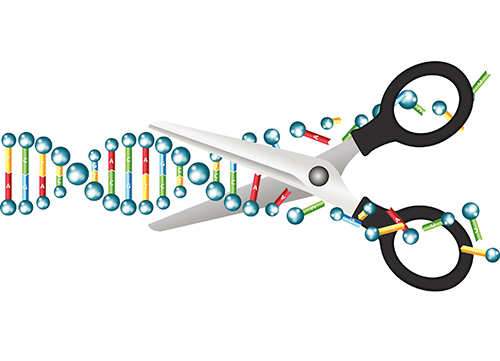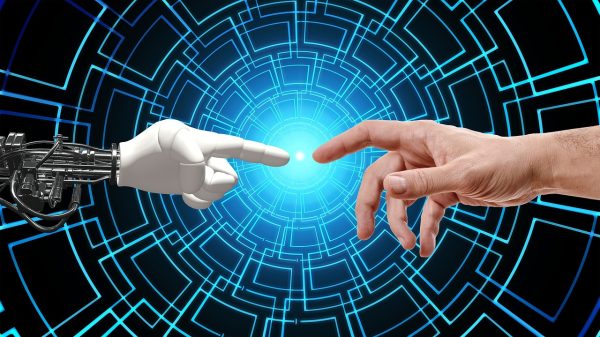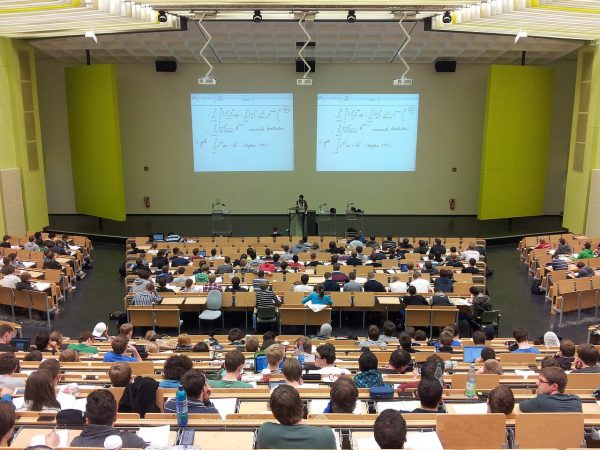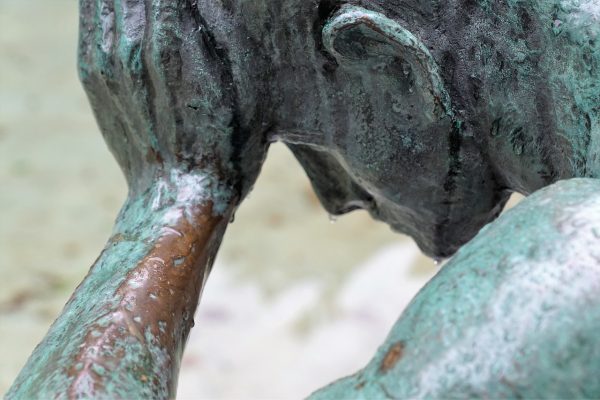CRISPR: The Revolution in Genome Editing

Invasive species are almost always troublesome, and very few become a part of the food chain without upsetting the whole ecosystem. What if we could stop invasive species and their invasion of the ecosystem. If you are thinking about introducing a predator, it will not work as efficiently in real life as it is in our heads (Yeah, imagine messing thing up further during the process of cleaning up the previous mess and introducing another invasive non-native species). So, what do we do? Do we just wait until some cataclysmic event (selectively only ) destroys these invasive species? Or wait for the time when they get bored of living this good life (umm…possibility is, that might never happen)? Measures to protect endangered species from invasive species are necessary to maintain the fragile balance and order in the ecosystem.
The rats have wreaked havoc on New Zealand’s ecosystem, driving several species of birds, frogs, and tuatara (a lizard-like reptile not found anywhere else in the world) to near-extinction. If you ask ecologist James Russel, “Either a bird is going to be killed by a rat that we brought here, or we’re going to kill the rat. And I would rather humanely kill the rat, than have the rat inhumanely kill a bird.”
The “humane”(I am pretty sure Russel has some personal grudges against rats) method of eradicating rodents that Russel mentioned doesn’t involve traps or poison. It involves altering their DNA. Enter CRISPR. CRISPR is actually a naturally-occurring, ancient defense mechanism found in a wide range of bacteria. As far as back the 1980s, scientists observed a strange pattern in some bacterial genomes. One DNA sequence would be repeated over and over again, with unique sequences in-between then repeats. They called this odd configuration, Clustered Regularly Interspaced Short Palindromic Repeats (CRISPR). Originally in the 1970s while studying several archaea and eubacteria, scientists came across such repeats which they called as Short Regularly Spaced Repeats (SRSR). Later in the 2000s, the clustered nature of these sequences was revealed and thus being named as CRISPR (read as crisper).
Further studies revealed that these sequences play a major role to defend bacteria from any phage infection, i.e. in bacterial adaptive immunity. Basically, the plan would be to engineer a population of rats that passes on a gene for infertility and release that population into the wild. Over the course of a couple of decades, the gene would propagate among the existing wild rats, until it finally produced a final generation — one incapable of reproducing at all. The key to making this plan work is something called a gene drive. Whereas natural selection usually grants only a fifty-fifty chance of passing on any given gene, a sequence souped up with a gene drive will always be passed on.
Here’s an example: Mickey is a modified rat, and Minnie is au natural. They have kids, and both Mickey Jr. and Minnie Jr. are guaranteed to carry both the modified gene from their father and the natural gene from the mother. The natural gene is dominant, so both of them can still have kids. You know how it goes: Mickey Jr. meets Melissa, and Minnie Jr. finds Mortimer, and soon enough Mickey III and Minnie III are born — both with the dominant natural gene and the recessive modified gene. Eventually, Mickey III and Minnie III get together. Now, because the modified gene will drive through on both sides of the family tree, Mickey IV carries two copies of it. Because that gene is for infertility, that makes him the end of the lineage. After a couple of generations, the infertility gene is guaranteed to spread throughout the entire population. The problem is, it might lead to the extinction of rats.
So here’s the issue: remember how the rats got to New Zealand by hitching a ride with people? Yeah, they’re still doing that. And that means that if we release these genes to eradicate the invading species, there’s a very high chance that the genes will spread back to places where the species are originally from, ending their lineages too. That’s not just idle speculation, either — it’s based on precise mathematical models developed by the same people who proposed the solution in the first place.
Dr. Kevin Esvelt was part of the team that developed CRISPR, and in 2013. He championed the technology as a means of eradicating invasive species and controlling the spread of diseases like malaria. But now, speaking with the New York Times, he calls the idea “an embarrassing mistake.” According to his newest research, the gene drive system wouldn’t just be an effective way of ridding New Zealand of rats, it would be almost guaranteed to rid the world of rats. And that would be a very bad thing. The little omnivores fill a vital link in the food chain in places where they belong, and the same is true of pretty much every other species that ever found itself thriving far from home. This doesn’t mean that gene editing is dead as a method of controlling harmful species, but it does mean that we’ll need to do a lot more work to make its threats less aggressive and inevitable. One possible solution? A gene drive that automatically self-destructs after a few generations. That way, it might have time to wipe out the population in a closed system like an island, but not enough to take on larger populations on the mainland. There is also the issue of ethics and moral responsibilities. Some people also consider it “Playing God” and doing that could lead to unintended and unforeseeable consequences. The CRISPR technology is still in its infancy, and more research needs to be done before taking any actions on any living organism in the wild.
Nature is beautiful, we have to protect it! Even if it is invasive.
Sources:
Shailesh Keskar s’ answer on Quora
Curiosity.com










